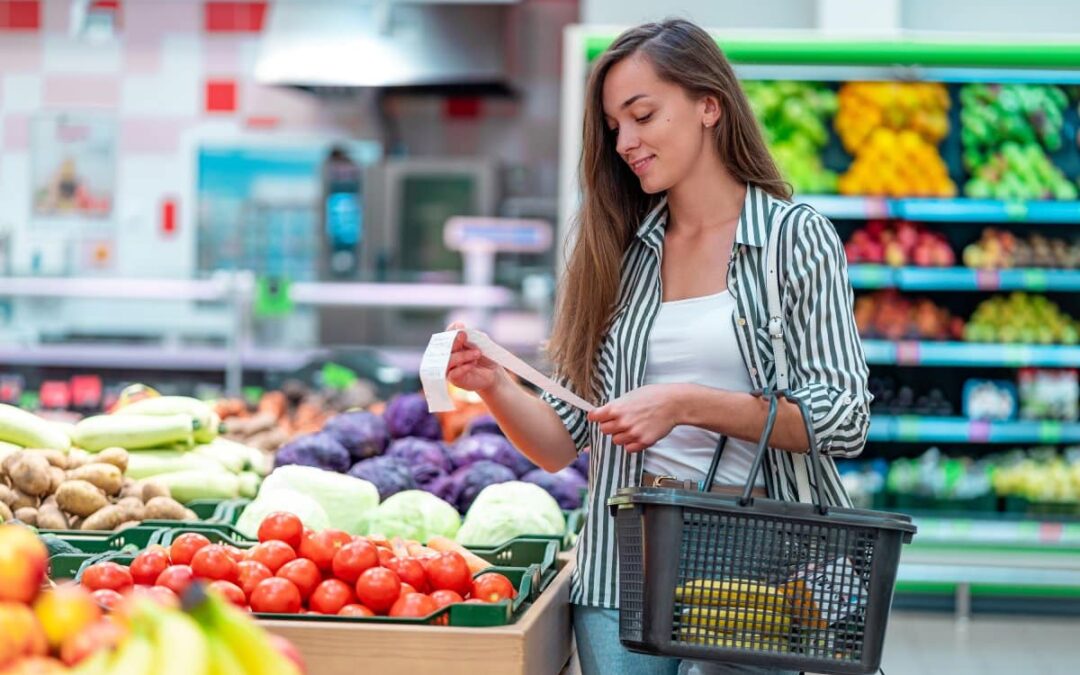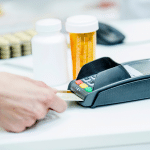Grocery shopping is a routine task for most of us, but many don’t realize the array of strategies grocery stores use to encourage customers to spend more. These tactics are often subtle, playing on human psychology and habits. Knowing these tricks can help you shop smarter, save money, and resist unnecessary purchases.
#1. Strategic Layout
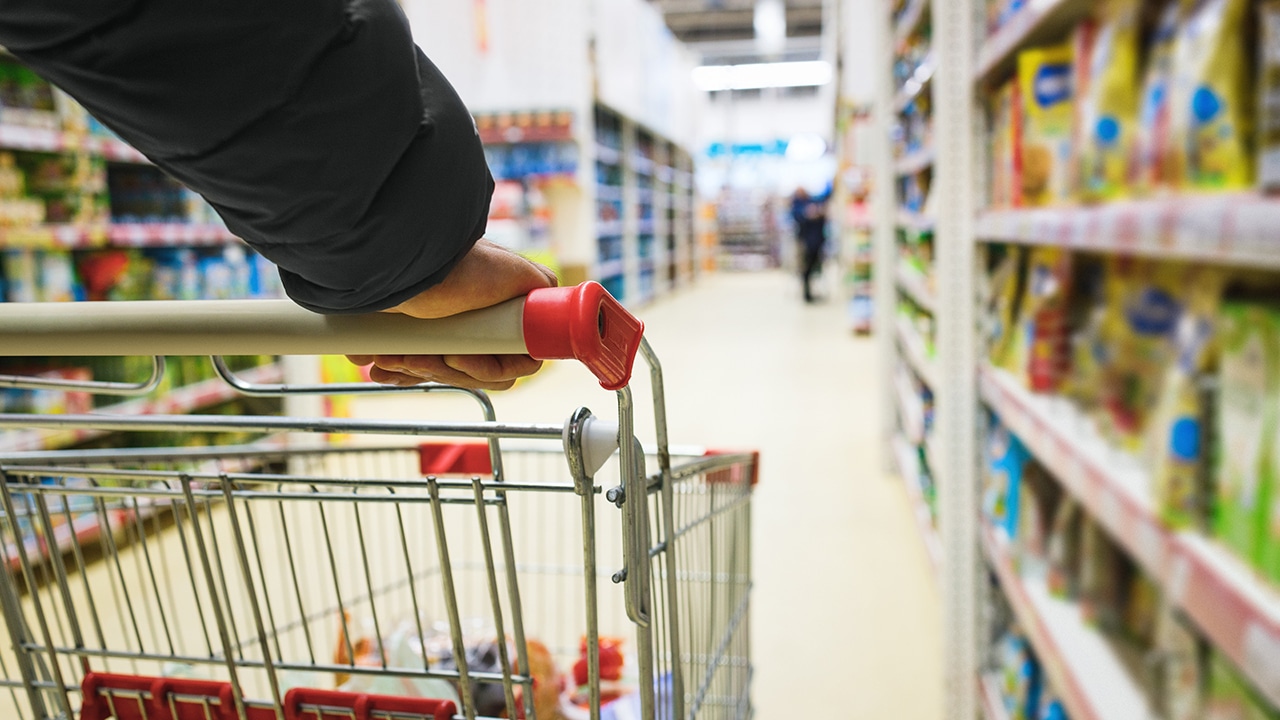
Image Credit: Shutterstock.
The store layout is carefully designed to lead customers through a specific path, exposing them to a wide range of products. Essentials like dairy and bread sit at the back of the store, so you have to walk past all the tempting items before reaching what you need.
#2. Eye-Level Product Placement
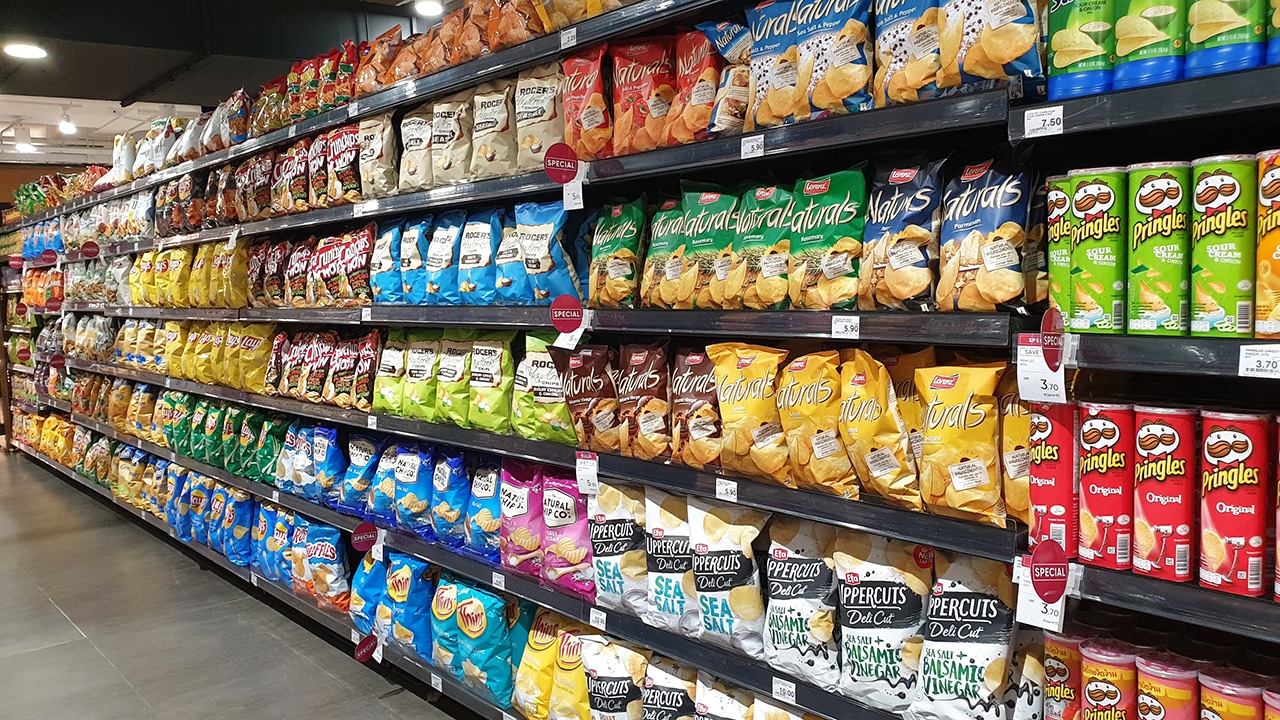
Image Credit: Shutterstock.
The most expensive items sit at eye level. Brands often pay for this prime shelving space because it increases the likelihood of you seeing and purchasing their products. Cheaper alternatives typically end up on higher or lower shelves.
#3. Impulse Buy Items at Checkout
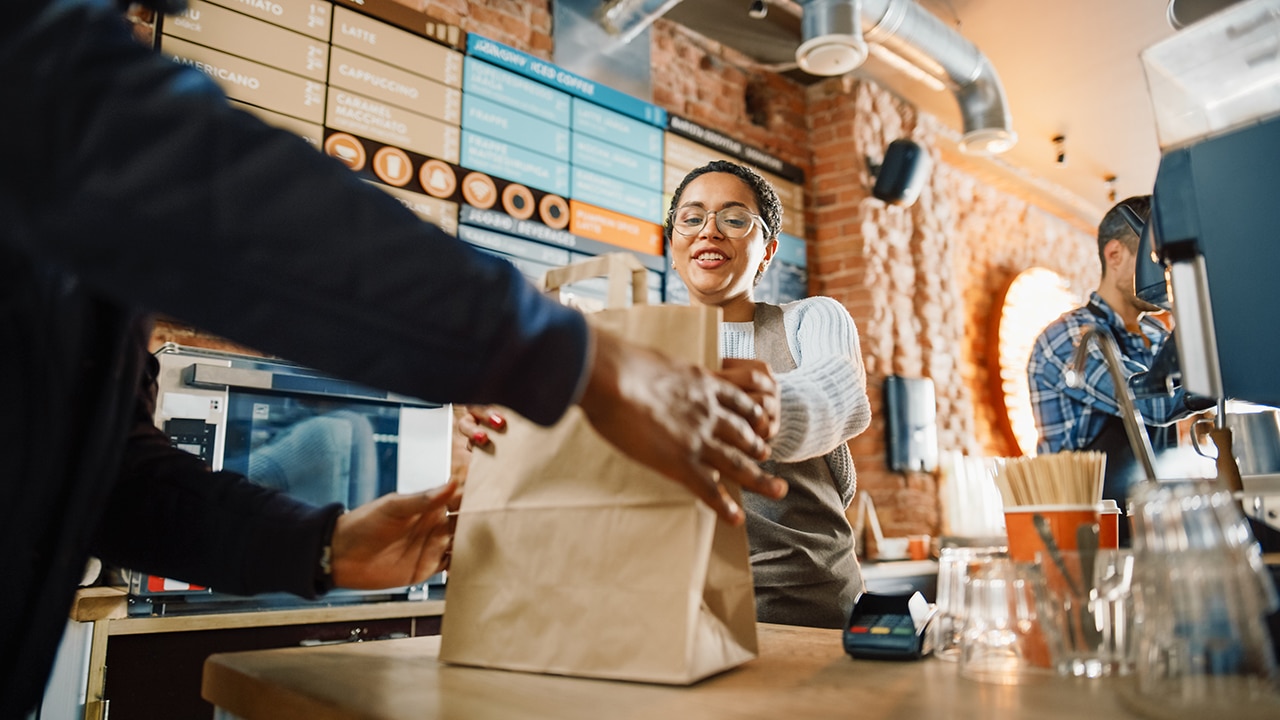
Image Credit: Shutterstock.
The checkout area is lined with small, tempting items like candy, gum, and magazines, encouraging last-minute impulse buys while you wait in line. These are often high-margin items that you might not have planned to purchase.
#4. Sale Signs with Limits
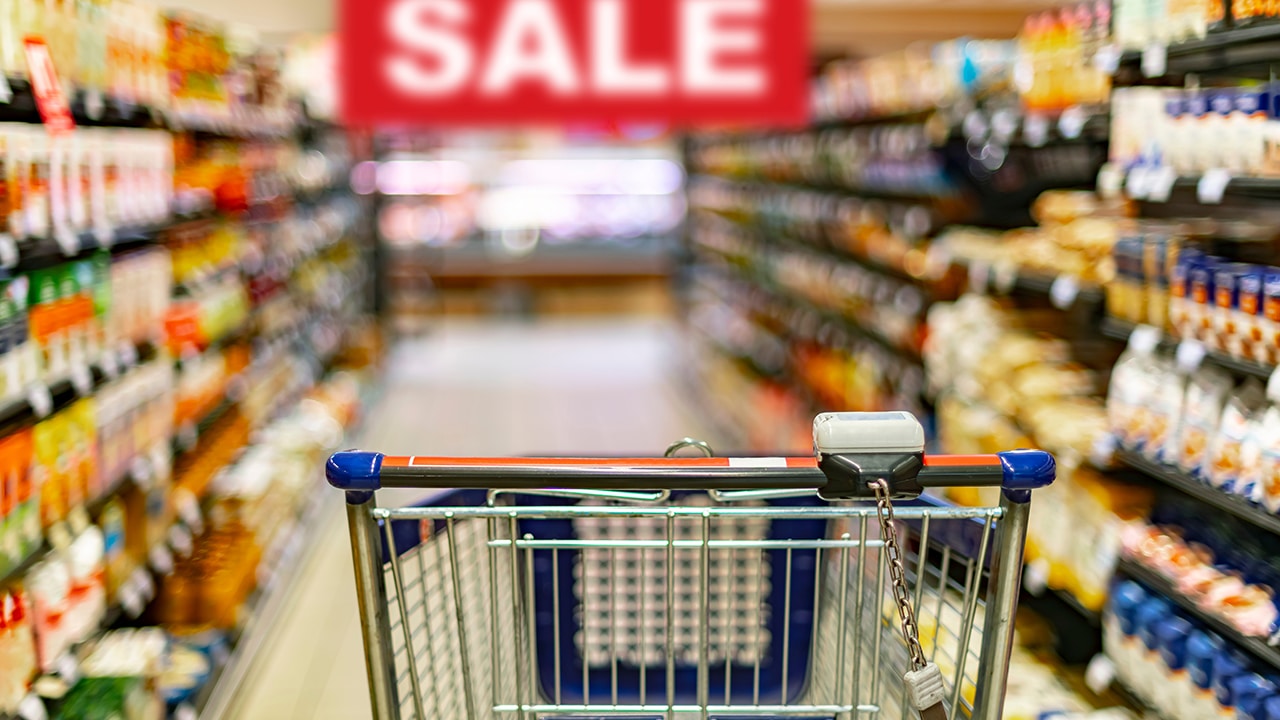
Image Credit: Shutterstock.
Sales signs that include phrases like “limit 5 per customer” create a sense of scarcity and urgency, prompting you to buy more than you initially intended, even if you don’t need that much of the product. Most of us immediately respond to this kind of scarcity mindset tactic.
#5. Sampling Stations
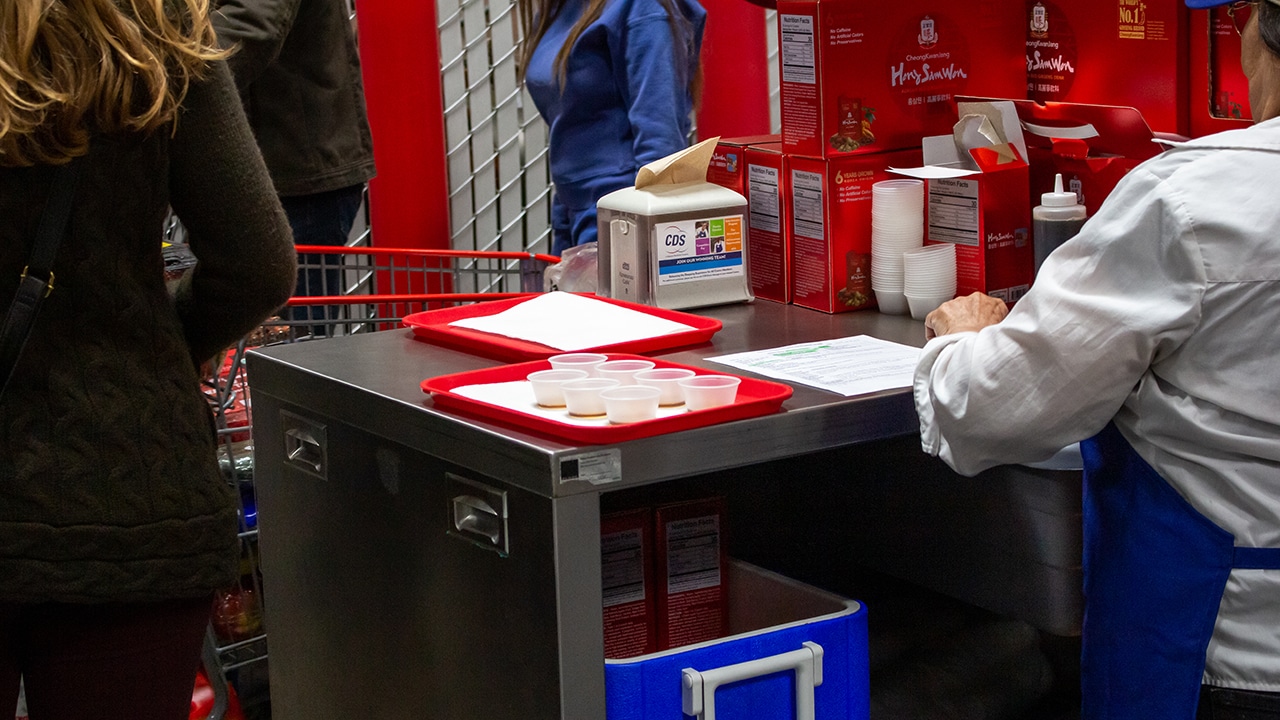
Image Credit: Shutterstock.
Free samples make you feel like you’re getting a bonus and entice you to buy products you wouldn’t have considered otherwise. Trying a product can create a sense of obligation to purchase it.
#6. Larger Shopping Carts
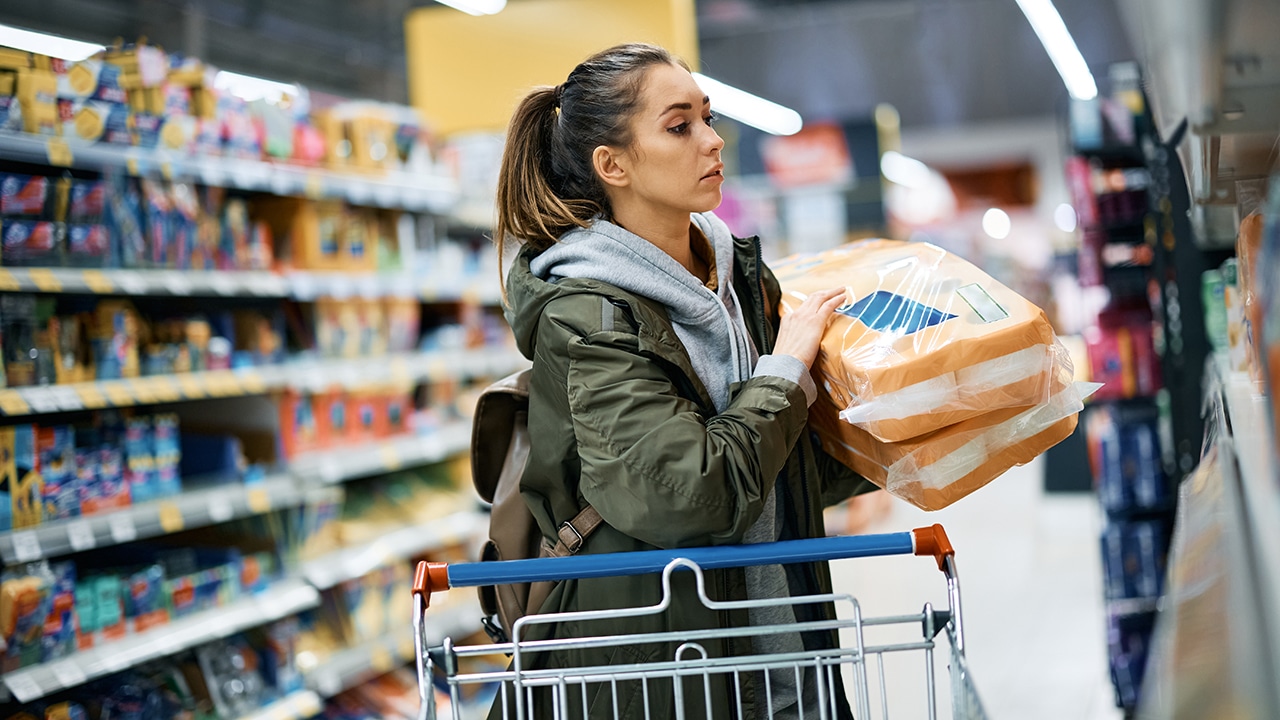
Image Credit: Shutterstock.
Grocery stores provide large shopping carts, subtly encouraging you to fill them up. A bigger cart makes it seem like you have fewer items, tempting you to keep adding more to your cart.
#7. Frequent Layout Changes
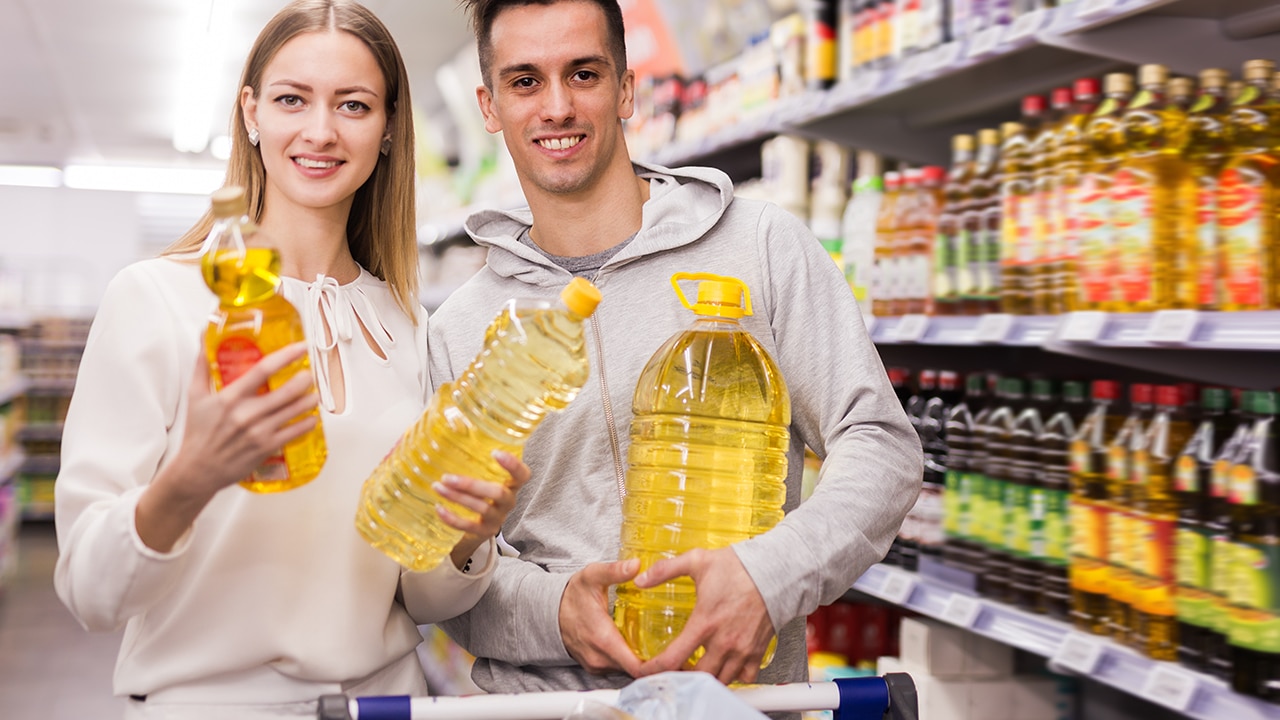
Image Credit: Shutterstock.
Stores frequently change their layouts to disrupt your shopping routine. This forces you to search for items, increasing the chances you’ll make unplanned purchases along the way.
#8. The Bakery Effect
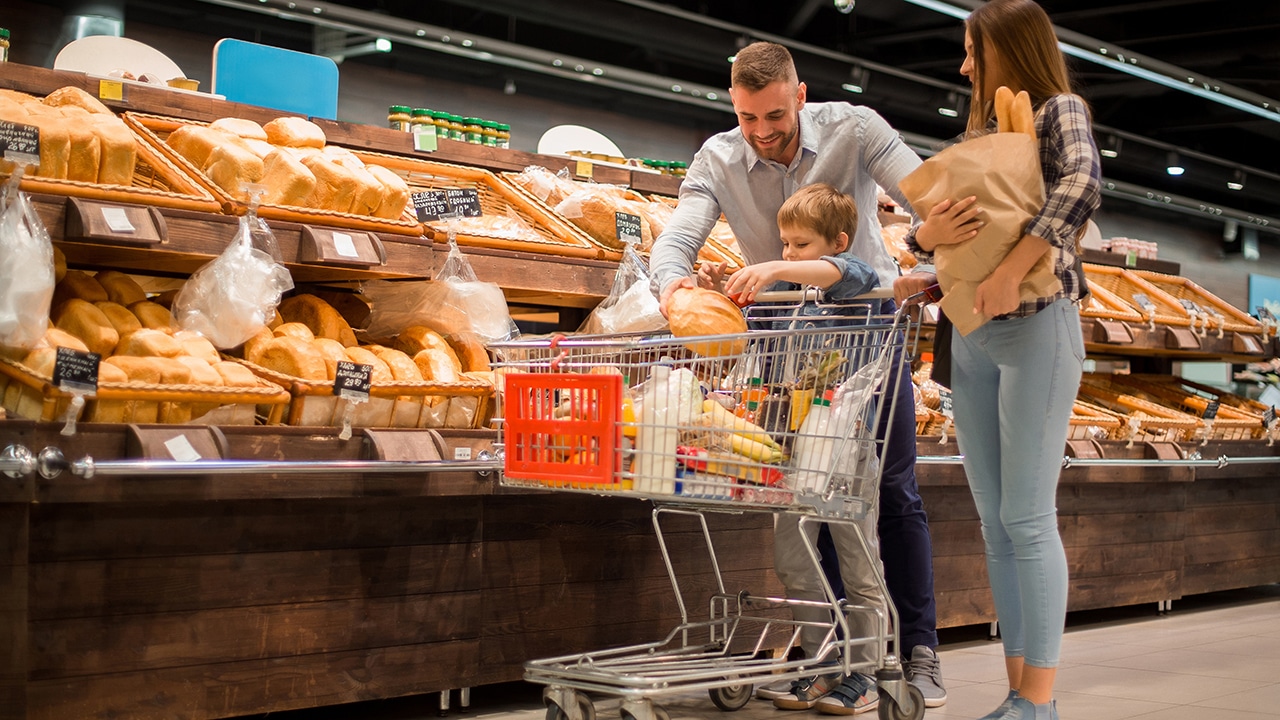
Image Credit: Shutterstock.
The smell of fresh bread or pastries from the in-store bakery can stimulate your appetite, making you more likely to buy baked goods and other food items.
#9. Background Music
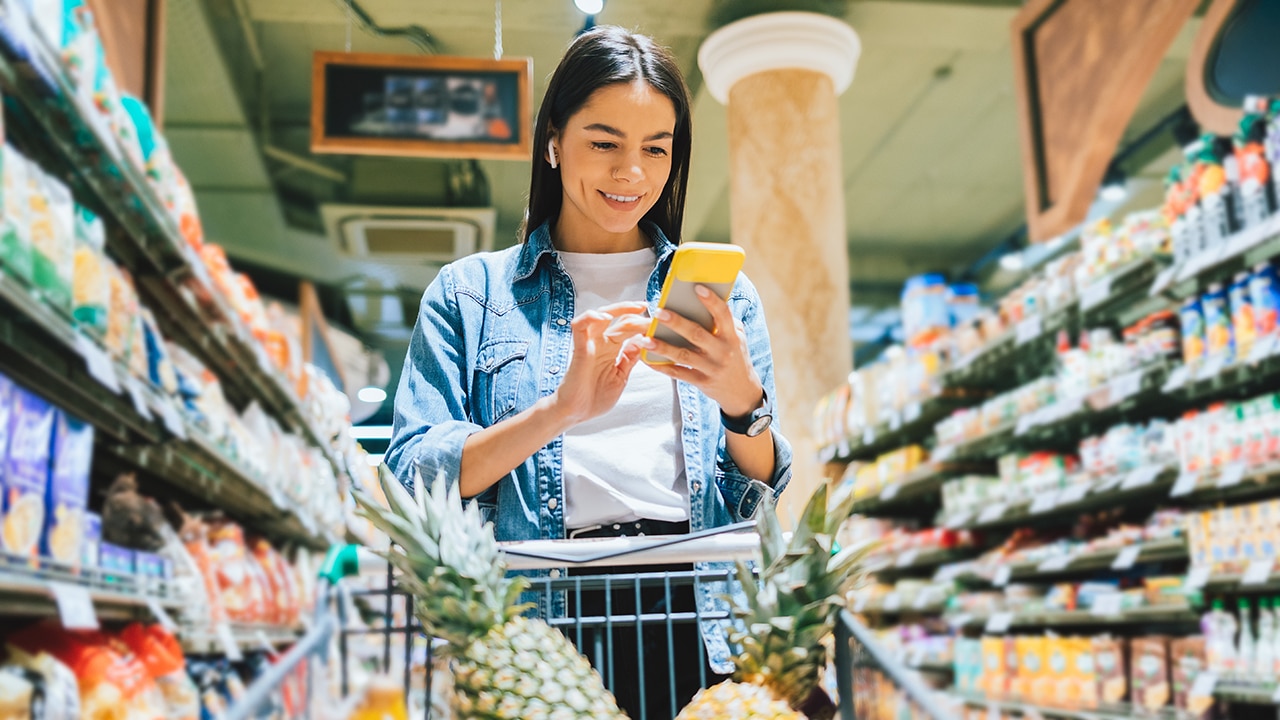
Image Credit: Shutterstock.
Slow, calming music is often played in grocery stores to keep you in the store longer. The longer you stay, the more likely you are to make additional purchases.
#10. High-Profit Items at Checkout
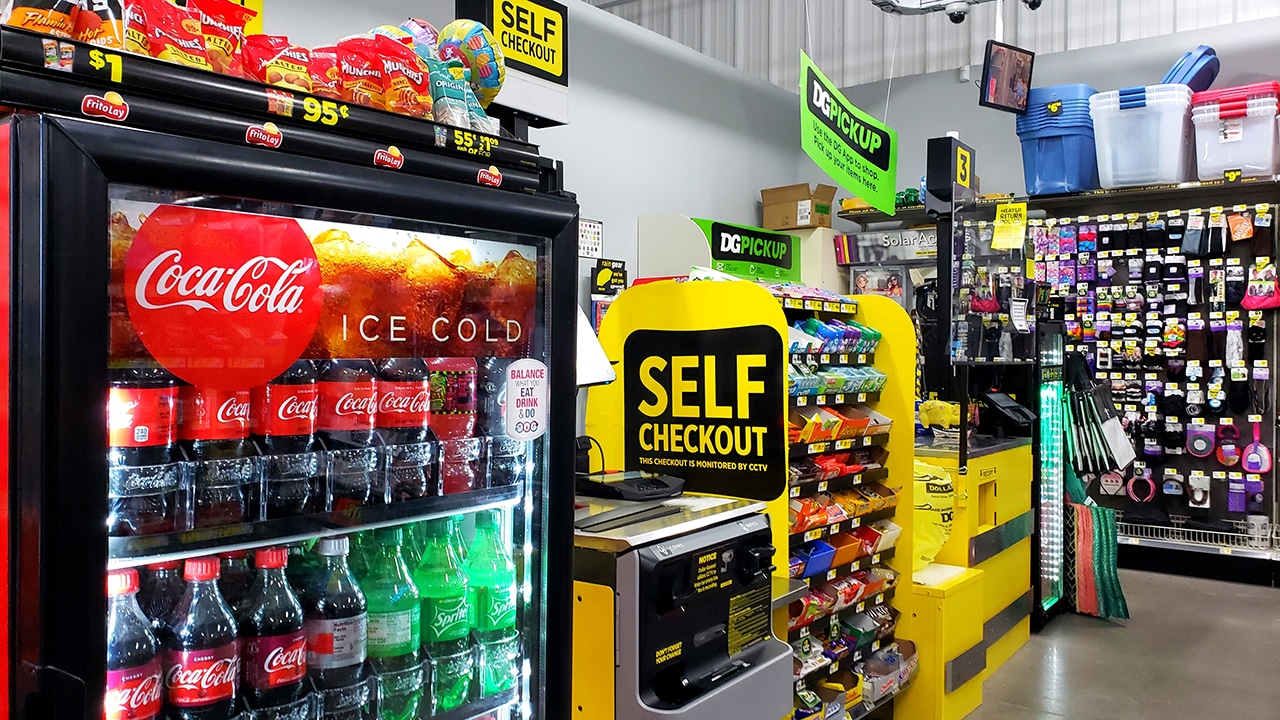
Image Credit: Shutterstock.
Aside from impulse buys, items placed near the checkout are often high-profit products. While waiting in line, you’re more likely to notice and consider these items.
#11. Bright Lighting and Colors
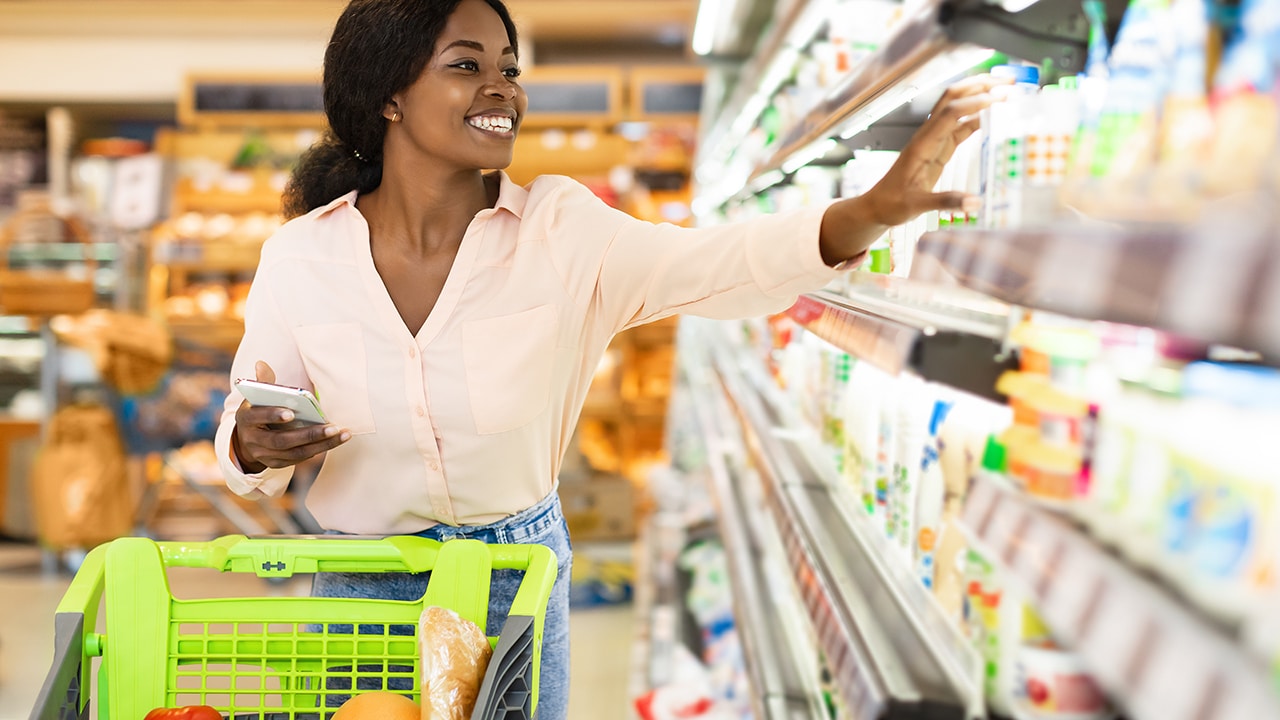
Image Credit: Shutterstock.
Stores use bright lighting and vibrant colors to make products look more appealing. Fresh produce is often bathed in bright light to enhance its appearance, making fruits and vegetables look fresher and more enticing.
#12. Bundled Deals
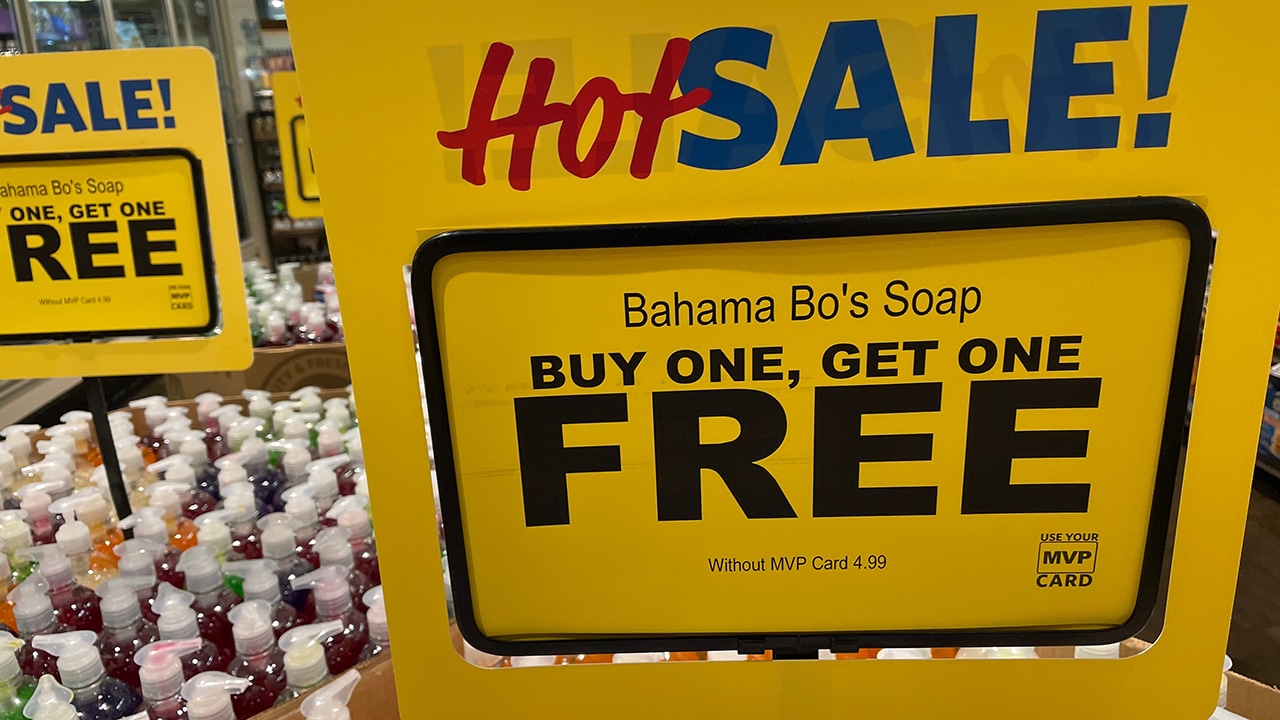
Image Credit: Shutterstock.
Bundled deals, like “buy one, get one free,” are enticing but lead you to buy more than you need. You’ll usually see these deals on products with a high markup.
#13. End Cap Displays
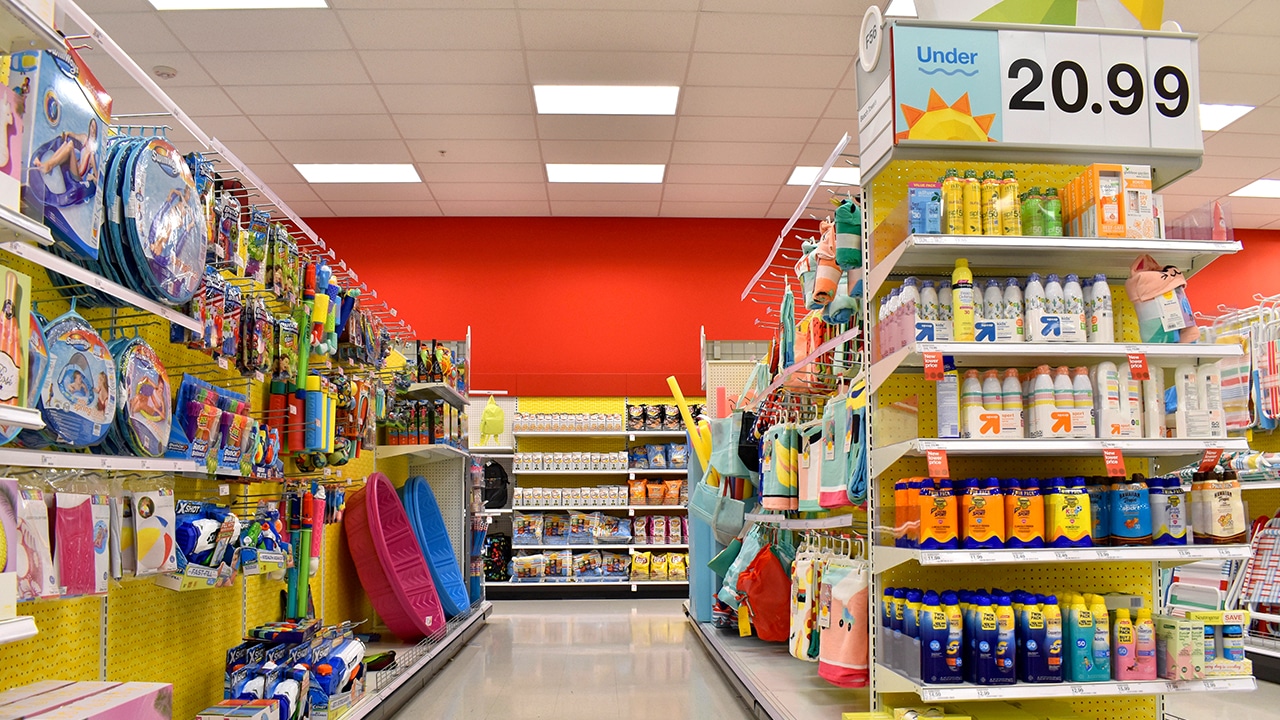
Image Credit: Shutterstock.
End caps – the displays at the end of each aisle – feature promotional items and are highly visible. These products are usually not the best deals but the strategic placement catches your attention.
#14. Limited-Time Offers
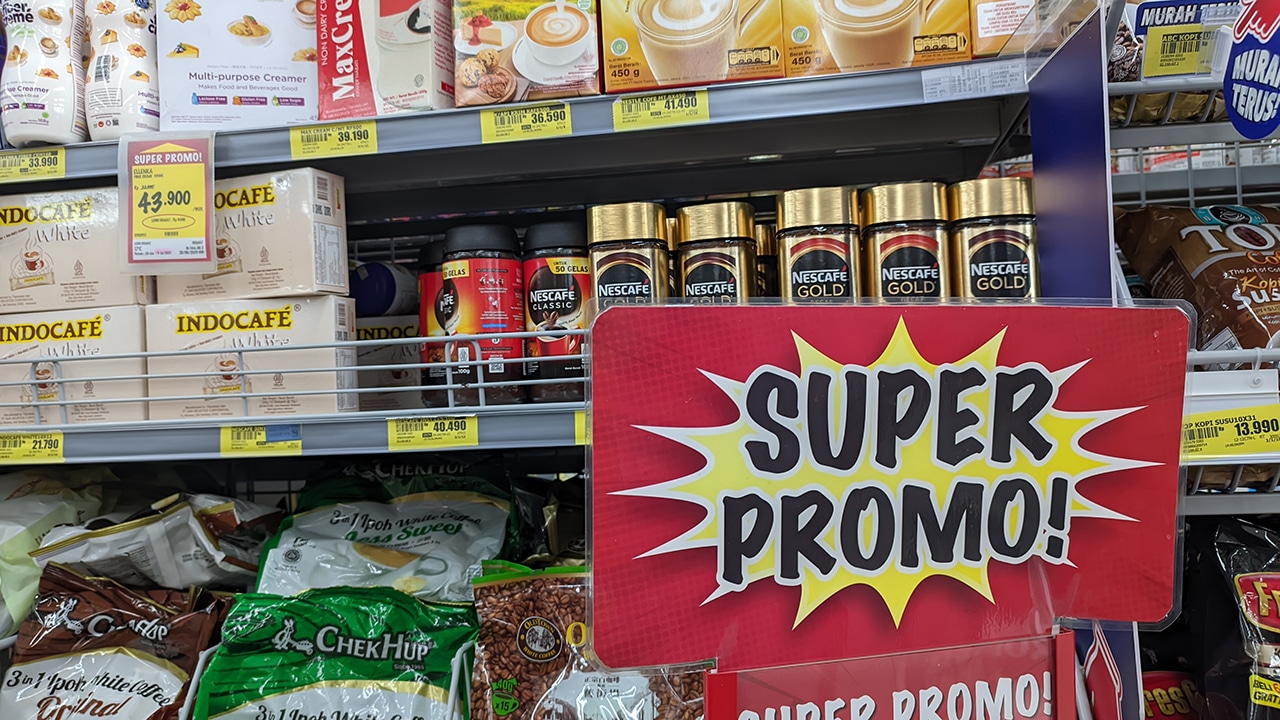
Image Credit: Shutterstock.
Limited-time offers are compelling, as they create a sense of urgency, pushing you to buy products immediately for fear of missing out on a good deal, even if you don’t need the item right away. Humans are suckers for FOMO.
#15. Kid-Friendly Products at Kid Eye-Level
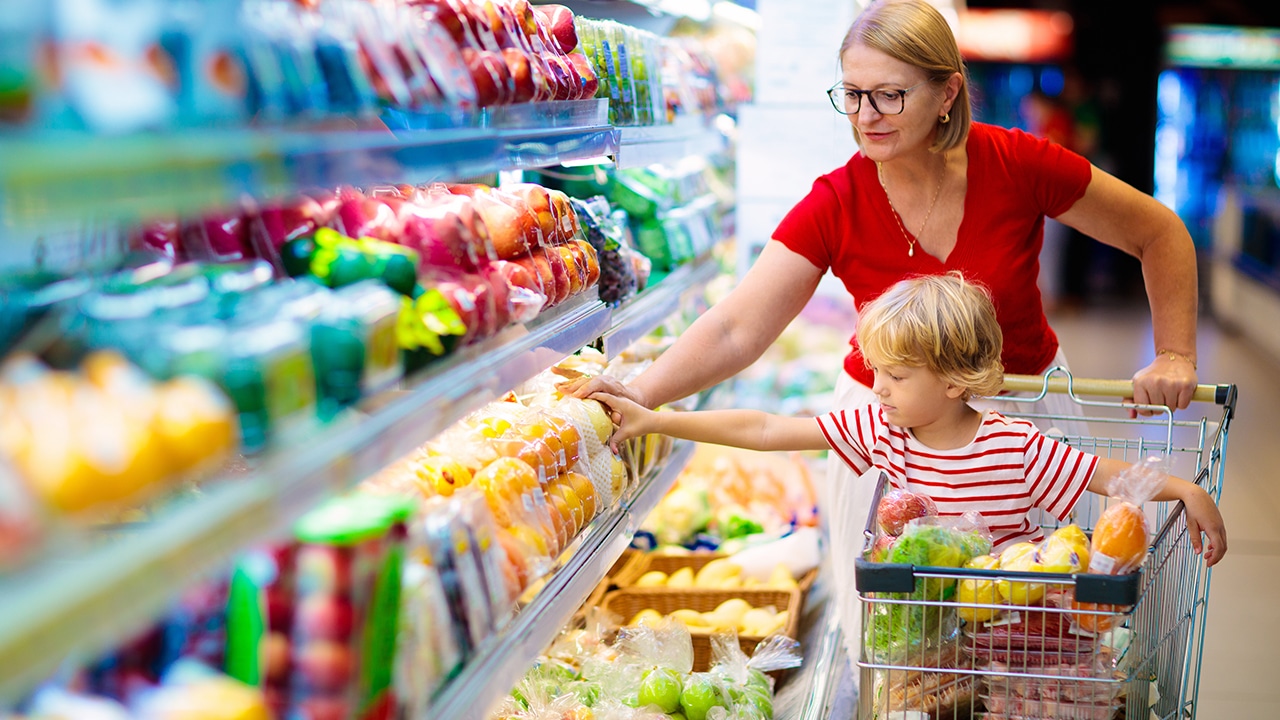
Image Credit: Shutterstock.
Products marketed to children, like sugary cereals and snacks, are placed at kids’ eye level. This encourages children to ask their parents for these items, leading to pressure to purchase.
#16. Upselling Through Packaging
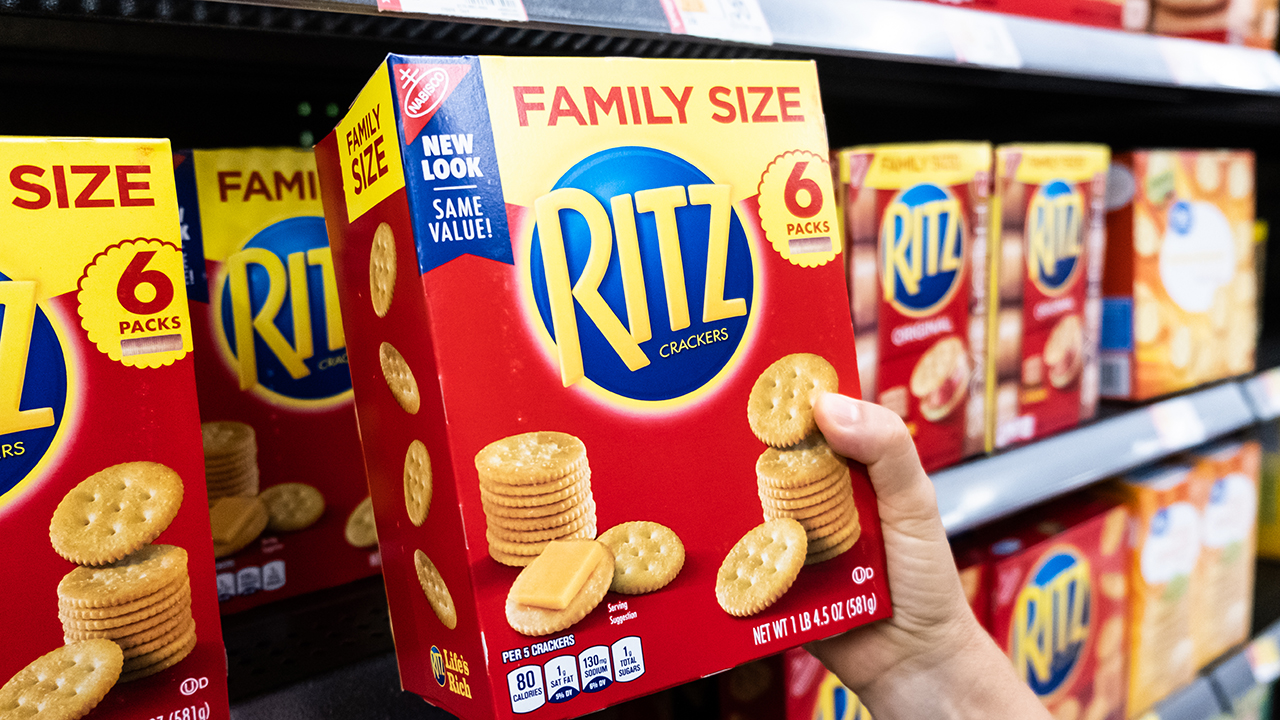
Image Credit: Shutterstock.
We’re lead to believe that larger packages or multi-packs offer better value, but unit prices may reveal that smaller packages are actually more cost-effective. This upselling technique can lead to overbuying, so be sure to check the price per unit, not just per package.
#17. Seasonal Displays
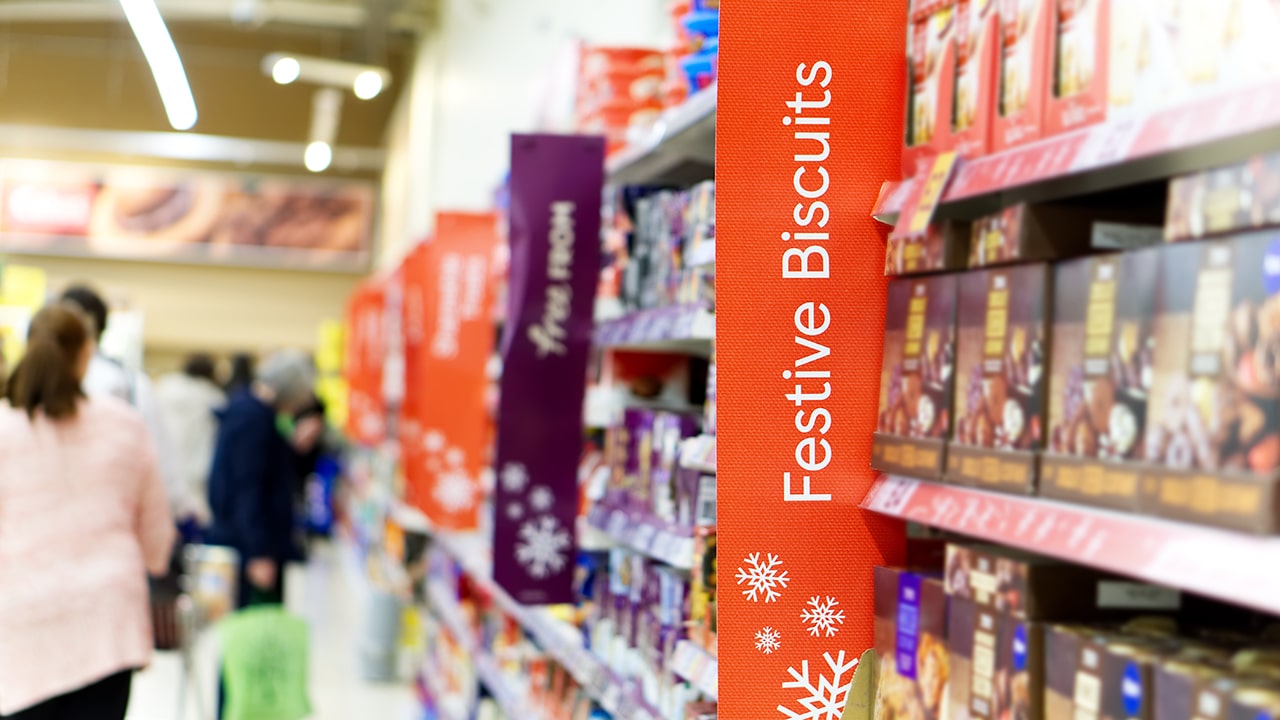
Image Credit: Shutterstock.
Seasonal displays, especially during holidays, are designed to evoke festive feelings and encourage you to buy special holiday items, many of which are unnecessary or more expensive than their non-festive counterparts.
#18. Store-Brand Placement
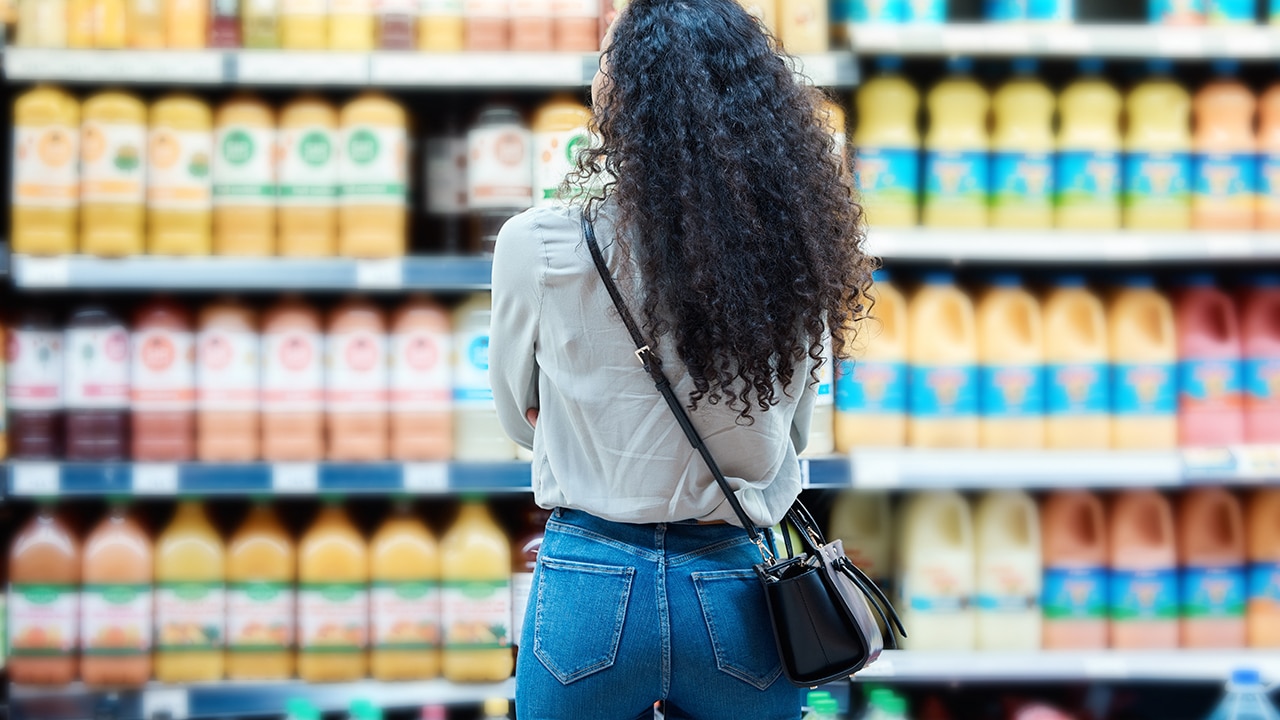
Image Credit: Shutterstock.
Store brands often sit next to name brands, with subtle indications that they offer similar quality for a lower price, encouraging you to switch to the often higher-margin store brand. But this isn’t always a bad thing. Often, store-brand products do offer better value than name brand counterparts.
#19. Decoy Pricing
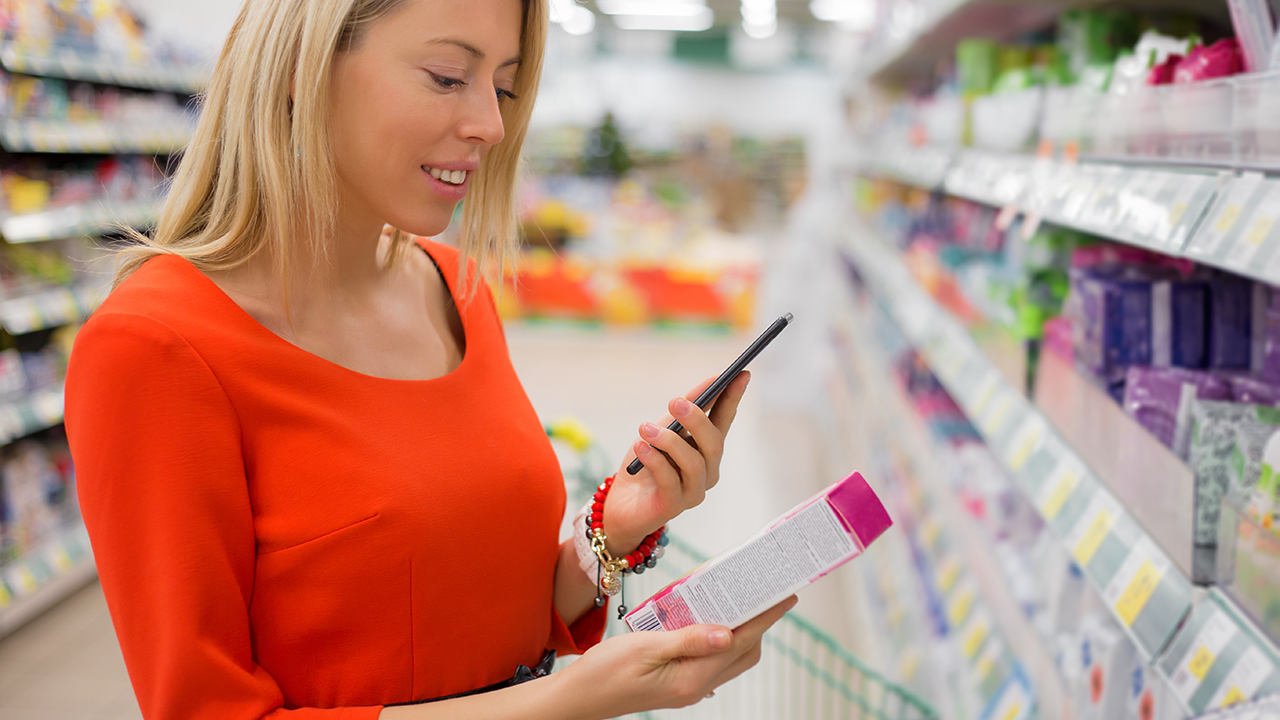
Image Credit: Shutterstock.
Stores sometimes use decoy pricing, where a more expensive item sits next to a slightly cheaper one, making the cheaper item seem like a better deal, even if it’s not the most cost-effective option.
#20. Complex Pricing
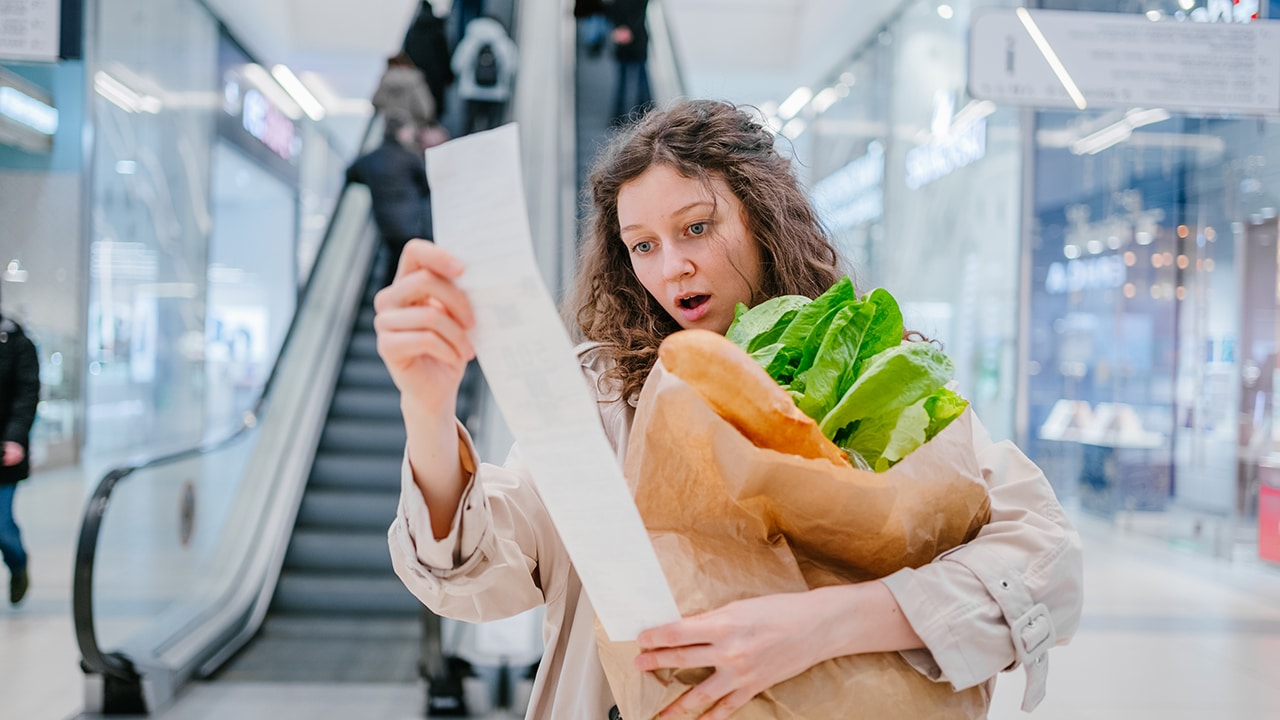
Image Credit: Shutterstock.
Complex pricing strategies, like “10 for $10,” can be misleading. You might not need to buy 10 to get the deal, but the phrasing encourages buying in bulk.
#21. Reward Programs
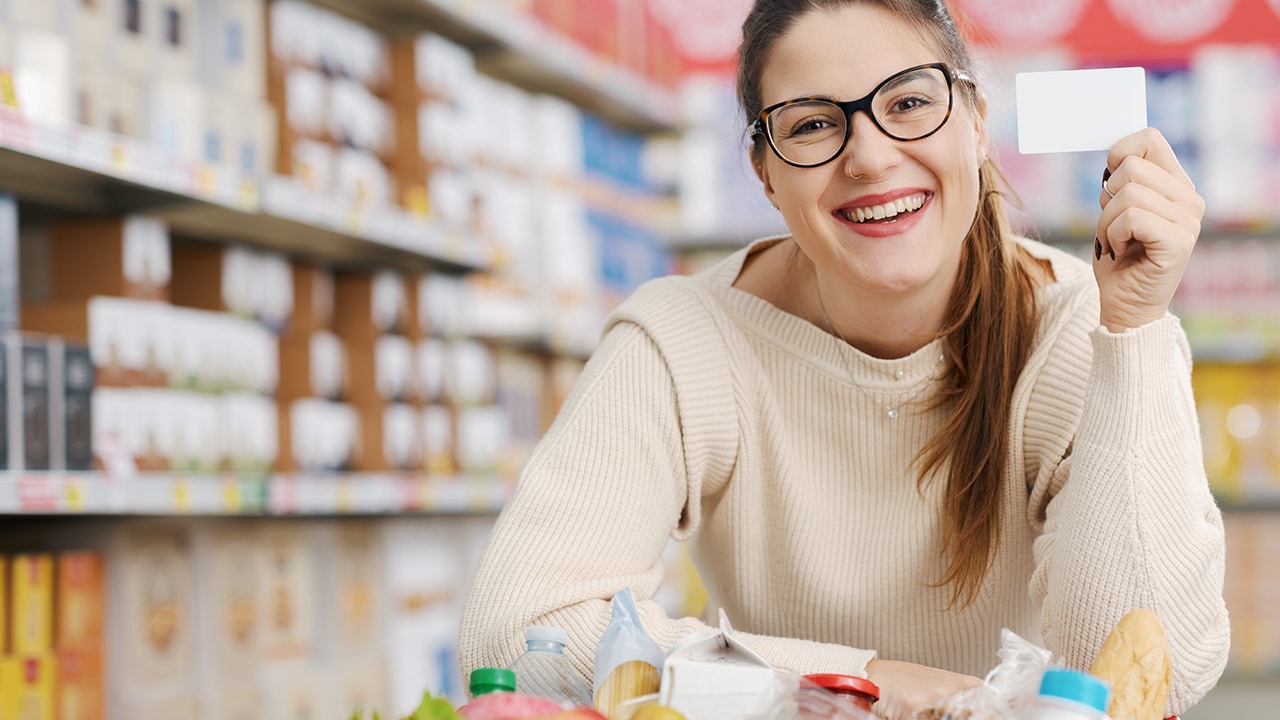
Image Credit: Shutterstock.
Reward programs create a sense of loyalty and incentivize you to make more purchases, often leading you to buy items you wouldn’t have otherwise just to earn points or discounts.
#22. Complementary Product Placement
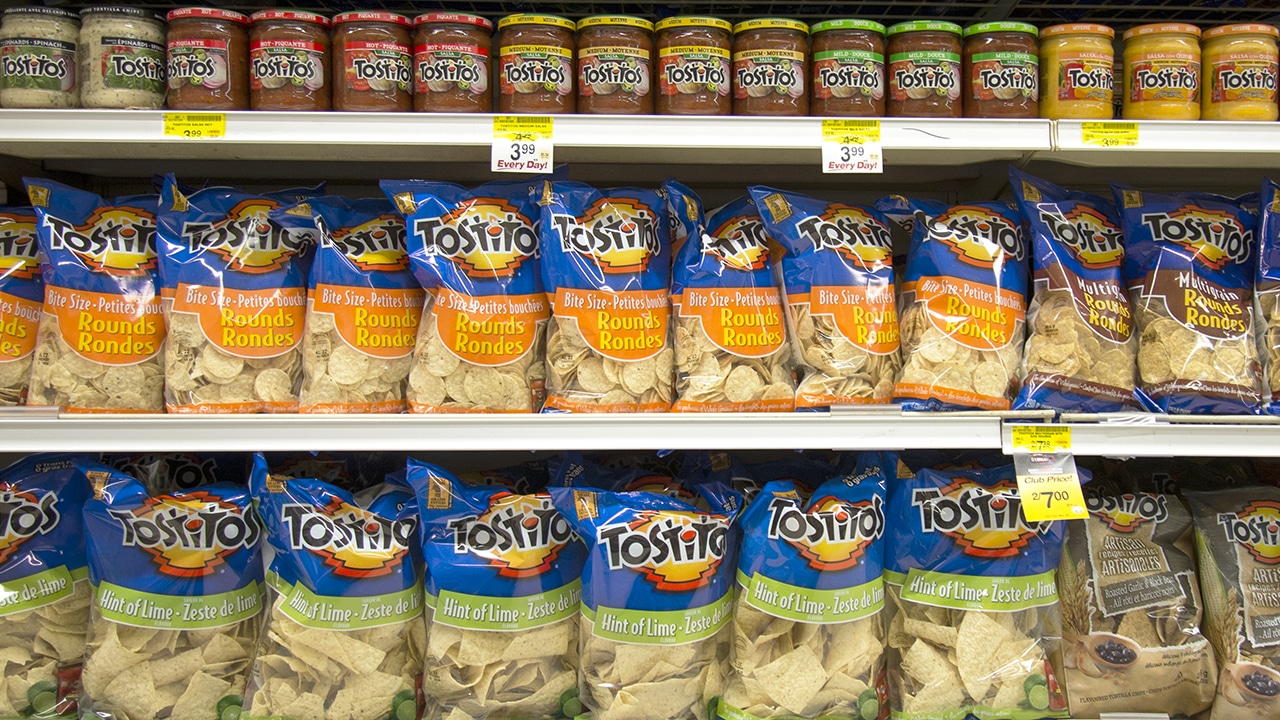
Image Credit: Shutterstock.
Complementary items, like chips near salsa or marshmallows near hot chocolate, are strategically placed to encourage you to buy both. This tactic plays on the idea of creating a complete meal or experience.
#23. Health and Wellness Claims
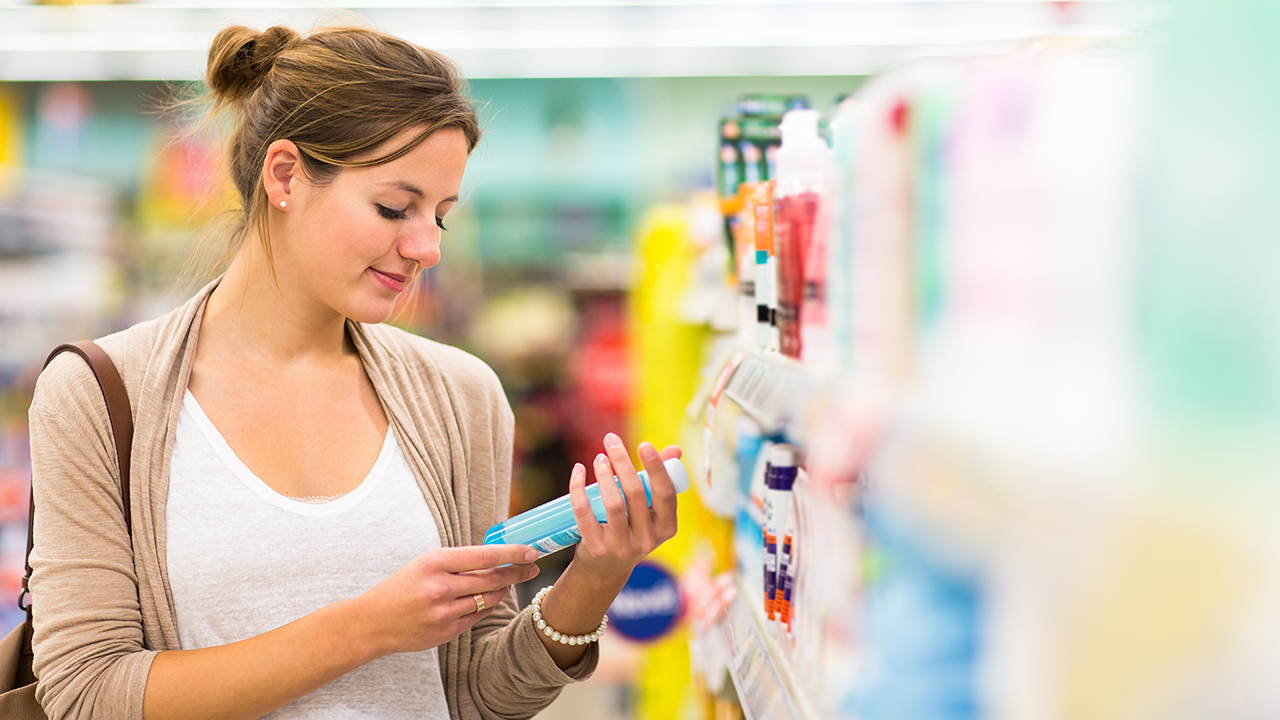
Image Credit: Shutterstock.
Products with health and wellness claims are usually more expensive than similar products without those claims. Stores strategically place and market these items to appeal to health-conscious consumers, even if similar, cheaper alternatives are available.
#24. In-store Cafés and Eateries
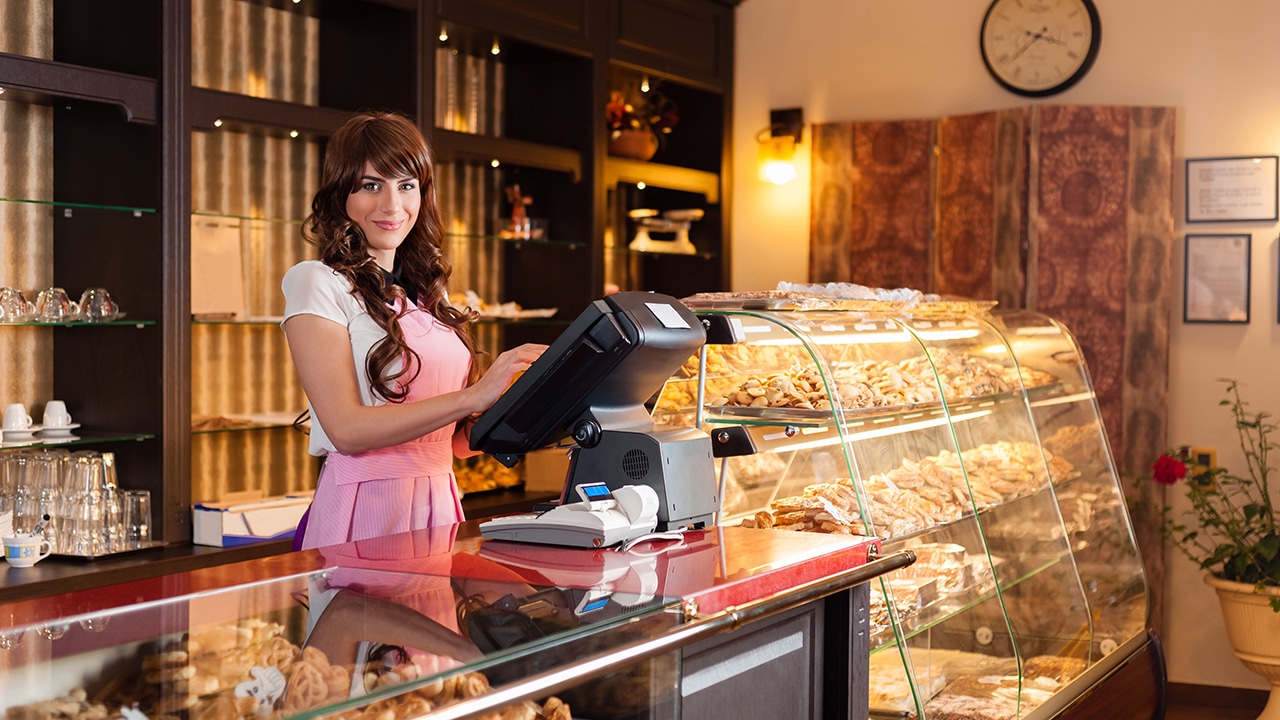
Image Credit: Shutterstock.
Some stores have in-store cafés or eateries, encouraging you to linger longer. The longer you stay, the more likely you are to make additional purchases, especially if you’re eating and drinking there.
#25. Mobile Apps and Notifications
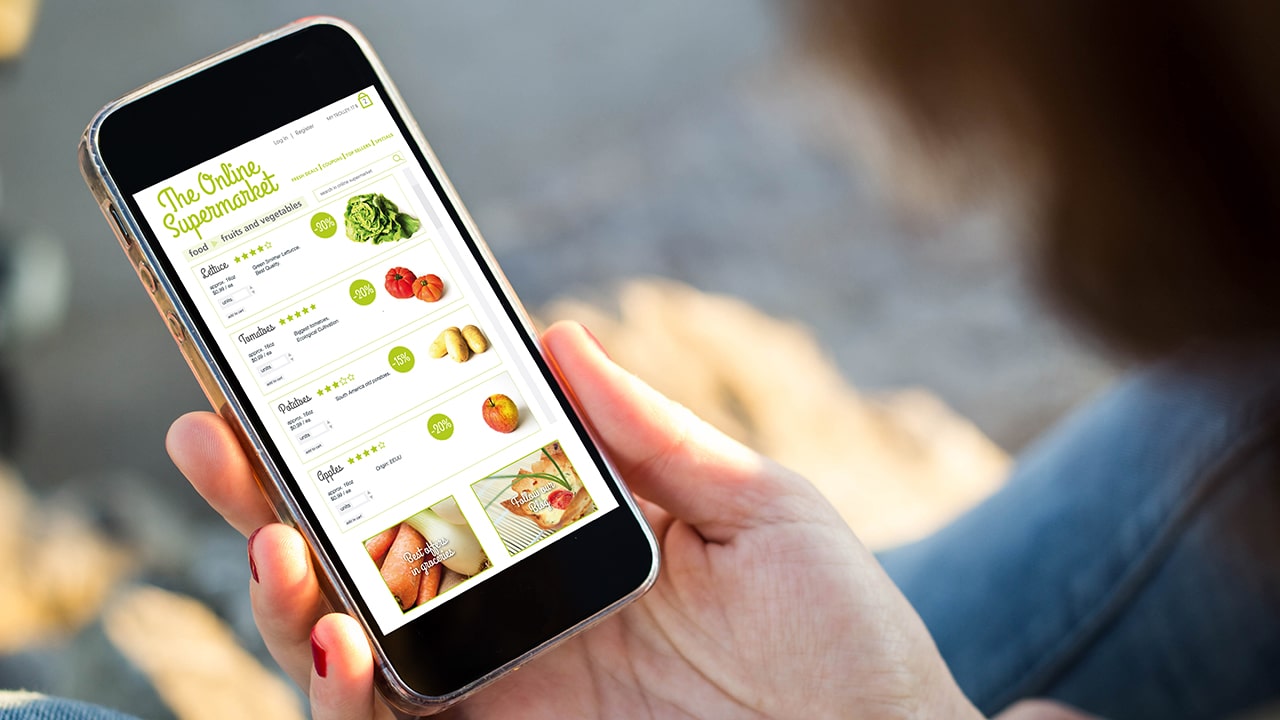
Image Credit: Shutterstock.
Grocery store apps and notifications offer convenience but also serve as a constant reminder and prompt to visit the store or check out deals, increasing the likelihood of unplanned purchases.
The post Clever Ways to Cut Your Grocery Costs first appeared on Thrifty Guardian.
Featured Image Credit: Shutterstock / goffkein.pro.
The content of this article is for informational purposes only and does not constitute or replace professional financial advice.
Thrifty Guardian was founded as a way to help parents lead richer lives through money saving tips, side hustle ideas, and parenting advice (including fun DIYs and recipes!)

